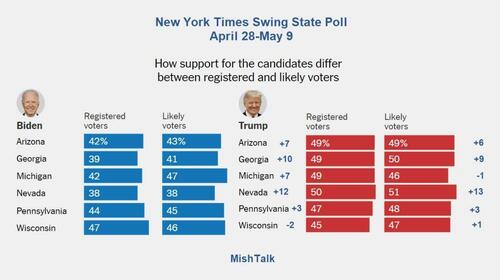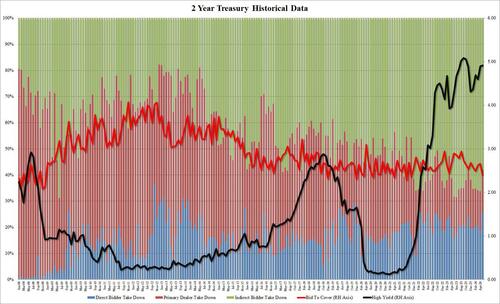In the year 1712, an English ironworker and part-time Baptist preacher named Thomas Newcomen finally put the finishing touches on a new invention that had been more than a century in the making.
Newcomen called it the ‘atmospheric engine’, and it was essentially a very crude, rudimentary steam engine that he used to pump water.
The idea had existed since the early 1600s, and a number of inventors had attempted to create something similar. But Newcomen was the first to develop a functioning engine, and his key breakthrough was including a fuel source (wood) to heat up water and create steam.
It’s remarkable that, even to this day, most automobile engines, generators, and electrical power plants still rely on Newcomen’s basic concept: burn a fuel to create heat, then harness that heat energy to generate motion and mechanical work.
Obviously, the design has been much improved since then; James Watt perfected the Newcomen’s invention decades later with the first commercially viable steam engines (which ultimately kicked off the Industrial Revolution).
Inventors also discovered far more efficient fuel sources.
Coal, for example, was found to have more than twice as much heat energy per pound than wood… which is a key reason why coal became the most important commodity of the 1800s. But other commodities like oil and gas were later discovered to be even more fuel efficient than coal.
Today all three are still used in vast quantities. In fact, coal-fired power plants still produce over 2,300 gigawatts of electricity worldwide, which constitutes about 30% of global electricity production capacity.
Natural gas is also responsible for nearly 2,000 gigawatts (in addition to its widespread use in heating). And oil is clearly the most dominant fuel source for internal combustion engines which power global transportation.
Now, at the end of the day, all three commodities serve essentially the same purpose, i.e. they are fuel sources whose heat energy is harnessed to perform work. And because of this, their heat energy should be priced more or less the same.
For example, a barrel of oil contains the equivalent of 5.6 million British Thermal Units (BTUs) of heat energy. So, at a price of roughly $80 per barrel of oil, this is the equivalent of about $14.28 per million BTUs of heat energy.
Oil prices do vary from place to place. But the differences are fairly minor; the West Texas Intermediate price (used primarily in the US) is slightly lower than the Brent oil price (used primarily in the North Sea), but they are within a few percent of each other.
But natural gas is a totally different story.
In Europe, for example, natural gas prices are significantly higher than they are in the US and currently trade for roughly $9.12 per million BTUs. And only a few months ago, natural gas prices in Europe were nearly $14 per million BTUs, i.e. almost equivalent to oil price when measured in dollars (or euros) per million BTUs.
But natural gas prices in the US are dramatically lower than they are in Europe… and it’s easy to understand why: the US has some of the biggest natural gas reserves in the world, while Europe has almost nothing by comparison. (This is why Europe is so reliant on Russian gas).
And since Joe Biden has banned the exporting of LNG (liquefied natural gas) from the US, there’s basically nowhere for all that excess US natural gas to go.
This is why prices in the US are less than $3, versus more than $9 in Europe. If US producers were free to export, prices in the US would rise, prices in Europe would fall, the global natural gas prices would be more or less the same, just like global oil prices.
But, at least for now, LNG exports are banned… and that keeps prices incredibly cheap in the US. How cheap exactly?
Well remember that $80 oil is the equivalent of $14.28 per million BTUs of heat energy. US natural gas prices are $2.77 per million BTUs of heat energy. So, based on the price per million BTUs, natural gas is about 80% cheaper than oil in the United States.
Another way to say it is that US natural gas is priced at the equivalent of $15 for a barrel of oil… which makes US natural gas the most underpriced conventional energy commodity in the world.
Now, I say “conventional” because there is another option that blows natural gas away– and that’s nuclear.
The energy released in a nuclear reaction from just a single cubic foot of uranium is literally FIFTY BILLION times greater than the energy released from burning an equivalent amount of natural gas. So, nuclear is, by far, the cheapest and most efficient energy… which is why China, India, Russia, etc. are all feverishly building nuclear power plants.
The West, by comparison, is shutting their nuclear plants down. It is the dumbest policy imaginable.
So, at least for now, natural gas is America’s cheapest energy source. But it probably won’t stay that way for long.
First, large tech companies, which are building build massive, energy-hungry AI data centers, are also looking at putting in their own power plants… which will most likely be powered by natural gas.
This increased demand will certainly have a big impact on price.
The second catalyst is that the export ban probably won’t last. There are lawsuits, legislation, and an upcoming election, any one of which could reverse the ban and start up LNG exports once again. When this happens, US natural gas prices could quickly rise.
In either case, natural gas producers stand to benefit substantially from higher prices. And it just so happens that shares of many of the best quality producers right now are laughably cheap, with low multiples relative to earnings, book value, and Free Cash Flow.
We’ll talk about this more in the future, but our core view is that it makes a lot of sense to own ‘real assets’, i.e. scarce, high quality, productive assets that the world truly needs (and cannot be conjured out of thin air by central banks.)
Energy commodities like natural gas, and their highest quality producers, definitely fit that description, with the added benefit that they’re dirt cheap right now.
Source
from Schiff Sovereign https://ift.tt/LaodIkH
via IFTTT

















